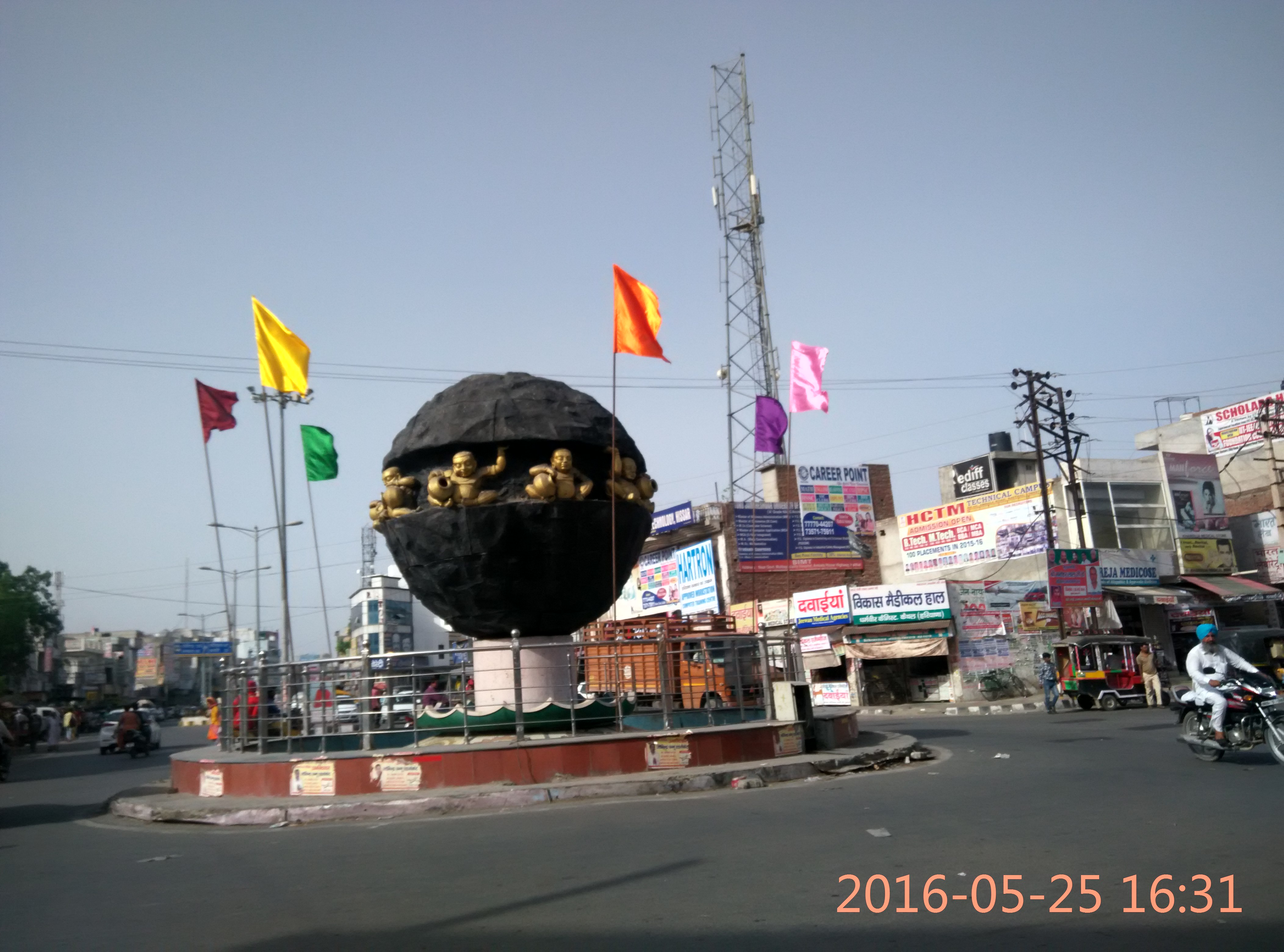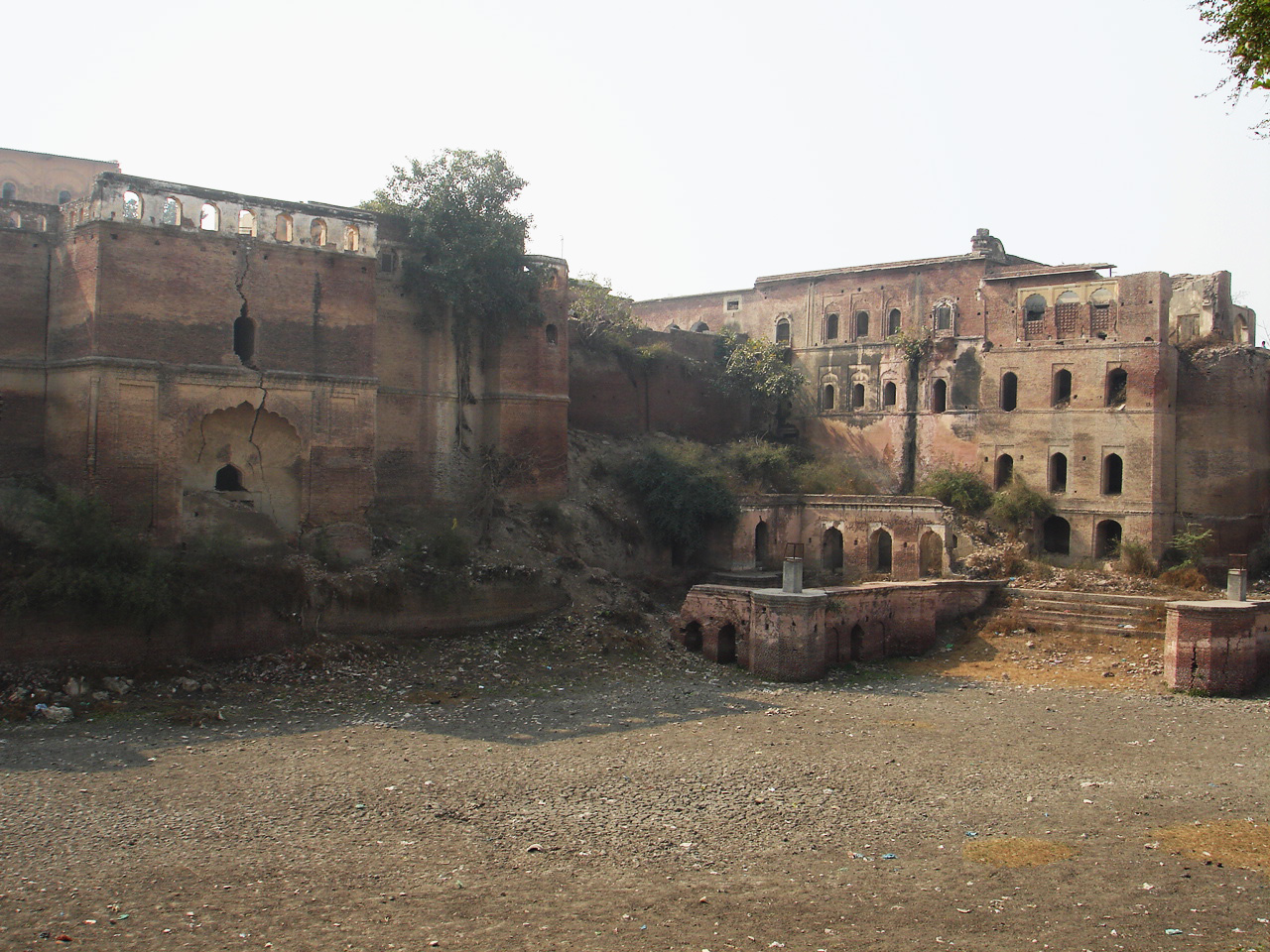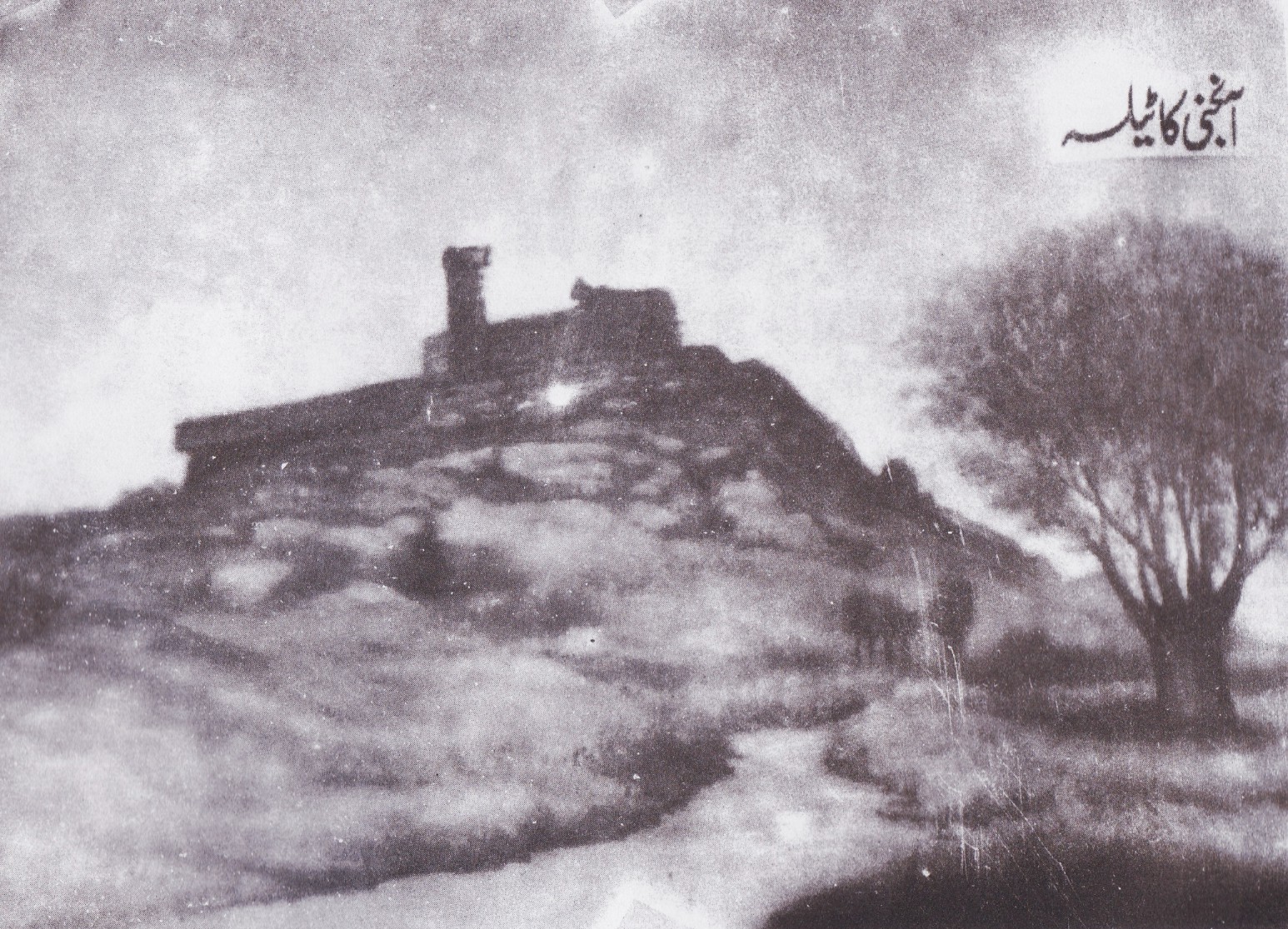The Cheeka Fort emerges as a captivating testament to Haryana's complex historical landscape, representing a nuanced architectural marvel that transcends mere stone and mortar. While its specific historical details remain shrouded in mystery, the fort stands as a silent witness to the region's dynamic socio-political transformations, embodying layers of cultural narratives that have shaped the local terrain.
Architectural remnants of Cheeka Fort hint at sophisticated defensive strategies employed by regional rulers, reflecting the strategic importance of fortifications during tumultuous periods of regional conflicts. The construction techniques, likely utilizing local materials and indigenous engineering principles, demonstrate the adaptive capabilities of builders who understood the intricate relationship between landscape, defense, and architectural design.
The fort's geographical positioning in Kaithal reveals its potential significance within broader regional power dynamics. Historical movements and sociopolitical changes have undoubtedly left their imprint on this structure, even if contemporary documentation remains fragmentary. The absence of comprehensive historical records does not diminish its cultural importance but instead invites scholarly investigation and local community engagement.
Regional folklore surrounding such historical sites often preserves narratives that official historical documents might overlook. Local oral traditions potentially carry embedded memories of battles, political negotiations, and community transformations that have unfolded within and around Cheeka Fort's precincts. These unwritten histories represent crucial anthropological insights into the lived experiences of past generations.
The architectural remnants of Cheeka Fort serve as a tangible connection to Haryana's rich cultural heritage. While specific architectural details might be limited, the fort's very existence speaks to the complex social structures and defensive strategies that characterized historical settlements in this region. Each stone potentially holds multiple stories of human resilience, strategic planning, and cultural adaptation.
Contemporary perspectives on historical sites like Cheeka Fort increasingly recognize their significance beyond mere physical structures. They represent living repositories of collective memory, embodying the continuous dialogue between past and present. Preservation efforts and scholarly research can help unravel the multifaceted narratives embedded within these architectural remnants.
The broader context of Haryana's historical landscape provides a rich backdrop for understanding Cheeka Fort's potential significance. Regional movements, agricultural transformations, and socio-political changes have continuously reshaped the cultural topography, with historical sites serving as critical markers of these evolving narratives. The fort exists not in isolation but as part of a complex, interconnected historical ecosystem.
Modern approaches to historical conservation increasingly emphasize community involvement and interdisciplinary research methodologies. Cheeka Fort represents an opportunity for collaborative exploration, inviting historians, archaeologists, local communities, and cultural researchers to piece together its fragmented yet fascinating narrative. Its preservation becomes a collective endeavor of understanding and celebrating regional heritage.







